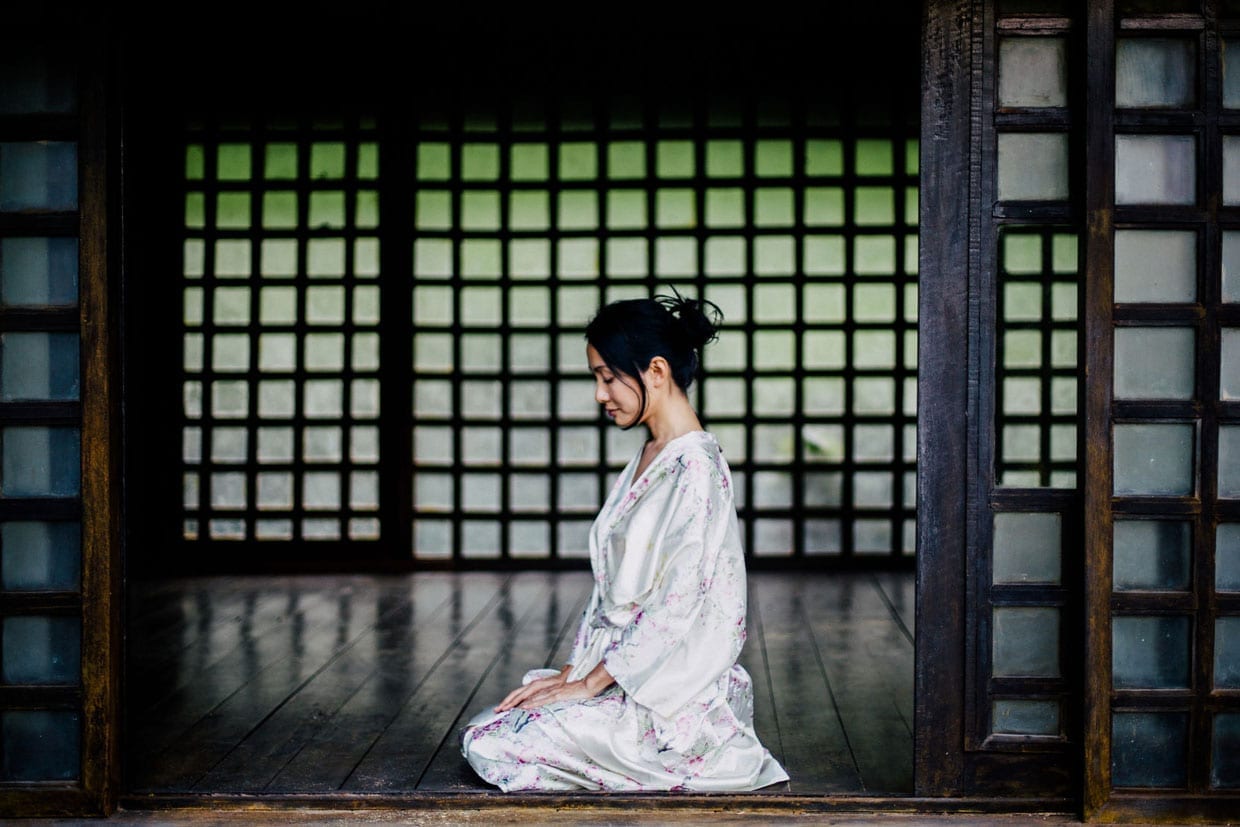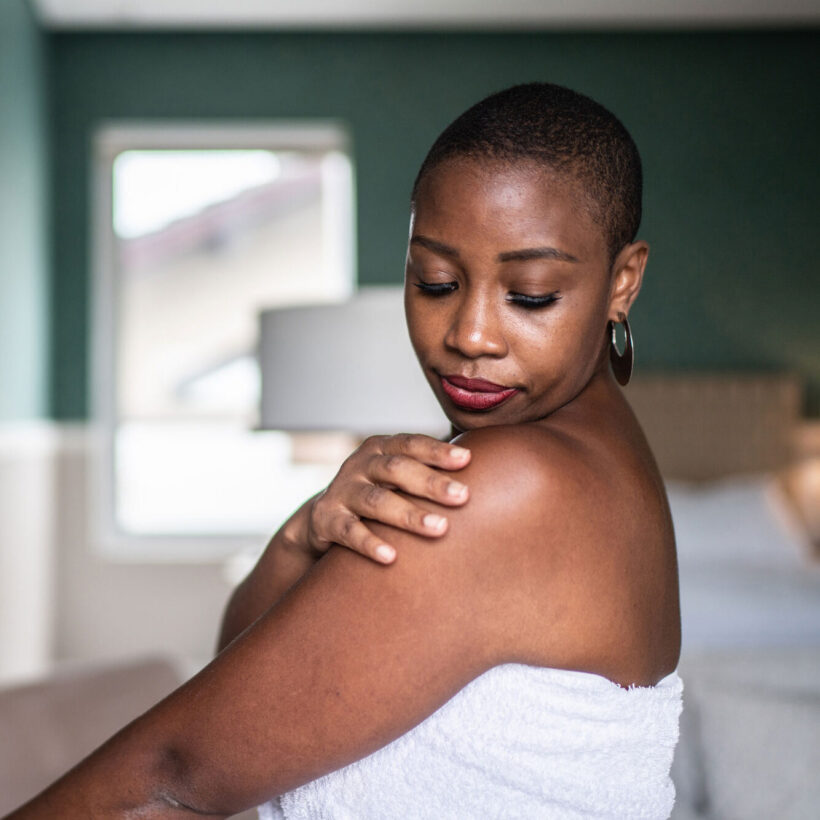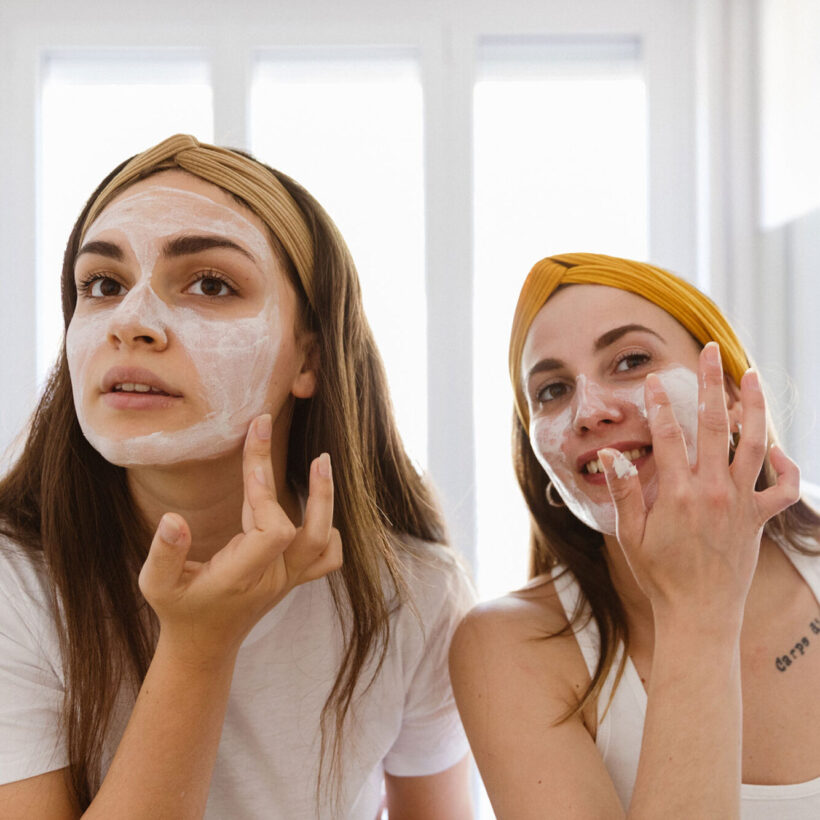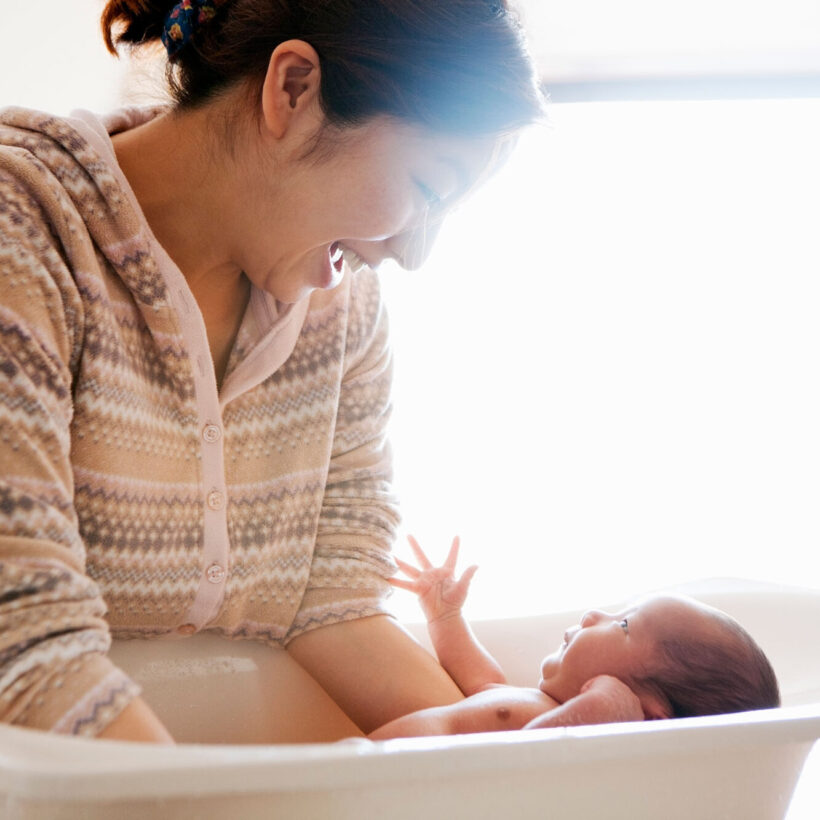Steeped in tradition, J-beauty is now garnering a slew of fans thanks to a newfound American obsession with time-tested and approved skincare picks, Marie Kondo —and the 2020 Tokyo Olympics.
When taking care of their skin, the Japanese are known to focus on prevention, as opposed to correction. There are simple routines for cleansing and treating the skin until it reaches a porcelain-like texture. The traditions behind J-beauty are steeped in ritual — not dissimilar to the Japanese culture at large—and focus on the use of timeless ingredients and methodologies that have worked for hundreds of years. Ginger King, a cosmetic chemist based in New Jersey, furthers this notion, citing that “J-beauty is known for its effectiveness. You’re going to see the quality with both formula and aesthetics. It’s simple and routed in history—there’s nothing trendy about it.”
But consumer interest is quickly growing. Just as the beauty industry has seen a rise in K-beauty, J-beauty is the newest craze sweeping the market. According to the International Trade Administration, in 2016 Japan has deemed the nation with the “highest per capita spending on cosmetics — across the entire globe — despite very strict regulations, which emphasizes the focus on high-quality active ingredients, which are increasingly popular in the global cosmetics market.” Jennifer Famiano, a beauty analyst for The NPD Group, told “Beauty Packaging” that “the Japanese approach skincare [and] its [core] concepts are where the American ideals are shifting and where our younger consumers are already planted.”
All of these ingredients are important to what the J-beauty routine represents at its core: avoiding the sun, protecting the skin barrier, providing a heavy dose of hydration (without being actually heavy) and the prevention of pigmentation. But what truly sets the ancient practice of Japanese skincare apart from K-beauty or most modern products, is the focus on long-term results that require dedication; it is not a quick-fix solution. Practiced right — and with the honor that the Japanese have long given their skincare routines — the benefits of J-beauty will be reaped.
Sun Protection
Light and bright skin is essential to the definition of Japanese beauty, explains King, so they use extreme caution in the sun. Sunscreen is the main line of defense — but finding the right level of protection is key. “Look for formulas with an SPF level of 45 and PA+++,” says King. “PA is a method of testing UVA protection that is only recognized in Asia, whereas UVB protection is the only form of sun protection that is regulated in the United States. The truth is that UVA rays reach us before UVB and contribute to dehydration, fine lines and wrinkles. In Asia, they’re very particular about UVA damage, too.”
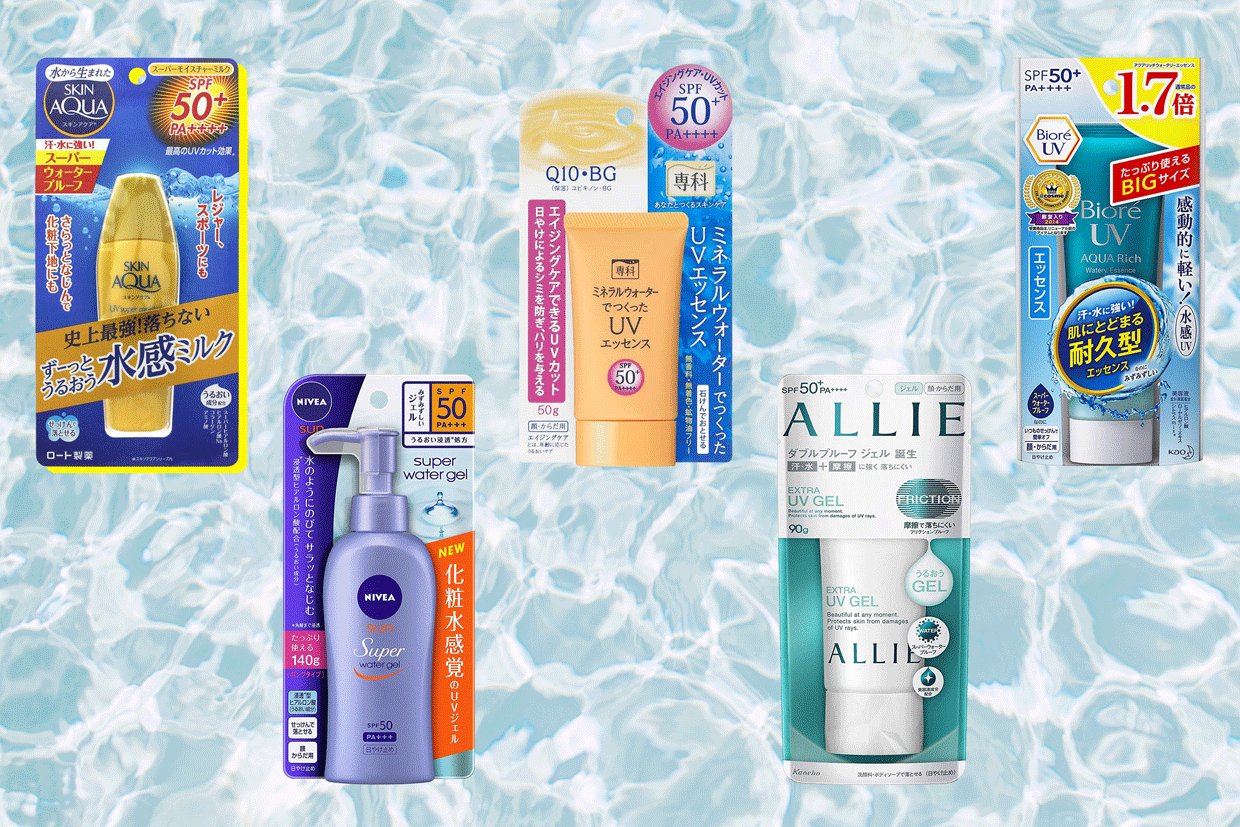
In addition to SPF, King also cites a commonly ingested Japanese staple as a skincare must-have, particularly in sun protection. “Matcha green tea is famously consumed in Japan,” she says, “but it’s also a superb antioxidant, aiding in the preventative process of protecting skin from the environment’s damaging free radicals, not only from the sun’s harsh rays but from air and water pollutants also found in air and water.” Matcha is often infused in a variety of skin products including creams, masks and serums, providing essential protection before sunscreen is layered on top.
Hyperpigmentation Prevention
Another ingredient King says the Japanese are known for is their use of licorice extracts, which she calls a “hallmark compound infused in products that provide brightening and anti-inflammatory benefits.”
Take vitamin C, specifically in the form of THD ascorbate, which is known for lightening and whitening the complexion. “A stable form of vitamin C, THD ascorbate can go into oil formulas to allow formulation ease-ability,” says King. “It works by releasing ascorbic acid when the enzymes on skin break it down.” Research shows that until the late 1980s, ascorbic acid was the primary skin lightening quasi-drug in Japan, as it can inhibit the production of tyrosinase, an enzyme required for melanin synthesis that results in hyperpigmentation.
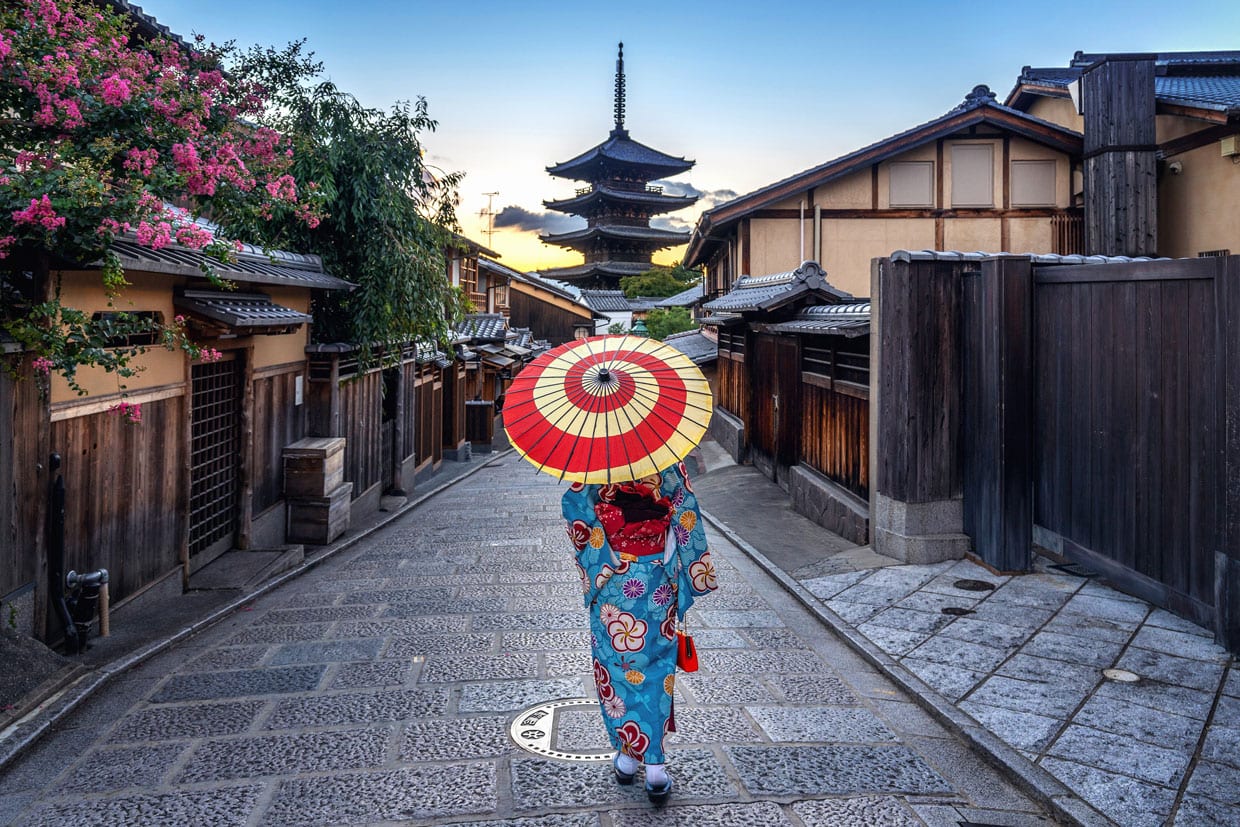
Intensive, Lightweight Hydration
Also prominent in the J-beauty world is an emphasis on lightweight formulations. Since the overall desired look is matte and velvety, layering a few impossibly thin products works better than thicker, more viscous textures. “J-beauty is climate-driven,” explains King. “Summer is hot and humid. The textures of Japanese products are mostly gel, gel-cream or creams that feel like water upon application. These textures not only feel [sic] light and cool, they absorb faster than heavier creams.”
These gels, gel creams and other formulations provide intense moisture — a key component in J-beauty — and are uniquely hydrating because they are free of the fatty acids that comprise heavier formulas. “They’re the best of both worlds, with the weight that comes with being a gel and the cushion of a moisturizer,” says King, “and are suitable for most skin types.”
One popular texture seen in the J-beauty world is known as an emulsion, a slightly waterier lotion that actually contains a higher percentage of hydrating ingredients. Additionally, Japanese beauty brands are charged with the introduction of an essence step in one’s skincare routine, which is a more hydrating form of toner that increases the absorption of serums and creams that follow.
Skin Barrier Protection
The term “skin barrier” is not new, but it is unfamiliar to many. “The skin barrier can be defined as the protective layer on skin with the ability to hold moisture and keep it there,” King says. “Damaged skin barrier is usually dry and prone to skin sensitivity.” One popular, from-the-ground ingredient that provides skin barrier protection are mushrooms, says King. These compounds show excellent antioxidant properties, anti-aging, anti-wrinkle, skin whitening, and moisturizing effects, which make them ideal candidates for cosmetics products, as reported in a 2016 study from the journal “Cosmetics.” The study cites shiitake mushroom alone as having several applications in cosmetics, ranging from an exfoliant to an anti-inflammatory agent, and encourages faster skin renewal, skin elasticity and skin brightening. “Mushrooms help [sic] to strengthen skin’s immune system and are able to prevent collagen and elastin breakdown, thus having an anti-aging effect — their extracts are most commonly seen in serums,” says King.
https://www.instagram.com/p/BkIlHYnHqsJ/
One would be remiss to forget collagen, a naturally occurring protein that can be derived from fish, cows or pigs (most J-beauty brands employ pig collagen). Collagen is critical in maintaining skin’s firmness, resilience and elasticity, and decreases with age in the human body. While collagen can be applied topically, it is more effective when ingested as it helps restore the connective tissue responsible for skin’s elasticity and youthful appearance, as confirmed in a 2016 study from the “Journal of Food Sciences and Nutrition.” It has been available in Japan for many years in a litany of forms including powders, drinks and supplements. There is even a collagen cafe, Hakata TonTon, that focuses on providing foods dense in the nutrient, including a slew of dishes made with pig’s feet, such as spring rolls or grilled pork tonsoku.
We only recommend products we have independently researched, tested and loved. If you purchase a product found through our links, Sunday Edit may earn an affiliate commission.
